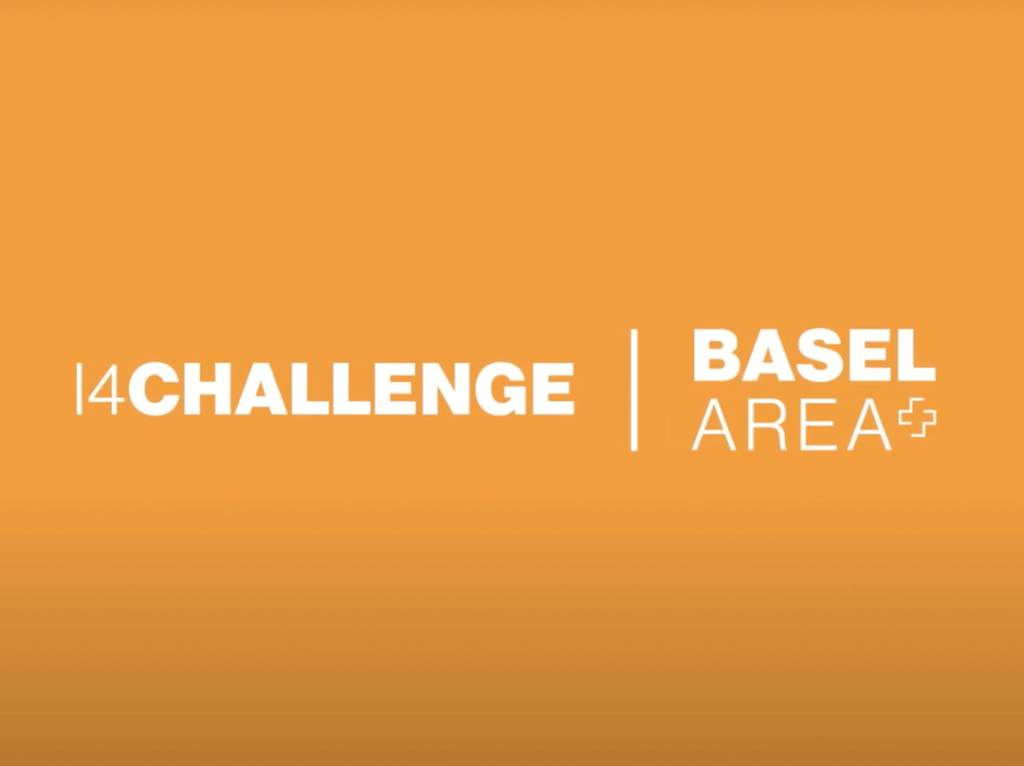VR & AR trends revealed at Industry Connect #3
Thanks to virtual reality (VR) or augmented reality (AR), new opportunities are opening up for industries. This was the theme addressed at Industry Connect #3, organized by Alp ICT in partnership with Virtual Switzerland and in collaboration with the CTI, at Microsoft Switzerland on June 6, 2017.
Five specialists from Microsoft, ABB, Bobst and AiM Services, together with the HES-SO HEPIA, presented concrete applications of these immersive technologies for industry. Some forty industrial players discovered solutions for training, product design and visualization, and machine maintenance.
Anticipating the impact of innovation
When you realize the scope of VR and AR applications, it's vital to understand the contexts in which these new technologies are used, and the degree of maturity of the components currently on the market. From strategy development, through product prototyping and manufacturing, right up to market launch, immersive technologies are revolutionizing the entire production chain. Customer needs and expectations are anticipated, each product can be customized, diagnosis and assistance are immediate, and collaboration on project follow-up is in real time. Here are just a few examples of SwissMade's optimization capabilities.
AR for maintenance and assistance
As Valéry Naula, e-Services Strategy and Development Manager at Bobst, reminds us, the digitization of service offerings is leading to increasingly complex systems. With machine automation, connected objects and various digital solutions, rapid, high-performance assistance is essential. This is where augmented reality adds considerable value, significantly optimizing the performance of the assistance service. AR enables immediate diagnosis and troubleshooting, avoids misinterpretation and even helps reduce CO2 impact by avoiding unnecessary travel. This is a service that Bobst has now launched with Helpline Plus.
In terms of maintenance, augmented reality brings significant advantages: reduced need for operator training on very specific machines, management of diversity on the same series, operator support in case of oversight, traceability. "This know-how needs to be developed in order to maintain a competitive advantage in the form of a differentiating element on Swiss Made products, in the face of ever-increasing competition from low-cost competitors. This is a reminder from ABB, which is developing the iManuVisu project for traction transformers in collaboration with the HES-SO. There are also plans to involve other players in the project, such as start-ups, and to follow this up with a CTI project.
Glimpse the future with mixed reality (MR)
Our participants had the privilege of testingMicrosoft's HoloLens, the few examples of which in Switzerland are currently only available for research purposes. It's based on MR technology, which integrates digital elements into the real environment, enabling interaction between the two worlds. Unlike VR headsets, holograms are projected through transparent glass, enabling safe movement and even collaboration. Its motion sensors, voice control, spatialized sound, light weight(400 grams), field of view (120° by 120°) and autonomy (no connection required) make HoloLens a pleasure to use. Its functionalities are particularly applicable to the fields of creation & design, assembly & manufacturing, training & development, communication and leisure.
VR for education
Beyond industrial applications, new technologies also offer exciting prospects for learning, as AiM Services has demonstrated. Telepresence expands the possibilities of e-learning and virtual classrooms, the arrival of 5G will amplify remote uses, the democratization of 3D object scanning will make modeling much more accessible, the falling cost of headsets with integrated screens will make it possible to equip entire classes, and the use of mixed reality will also make it possible to isolate students less from the teacher.




